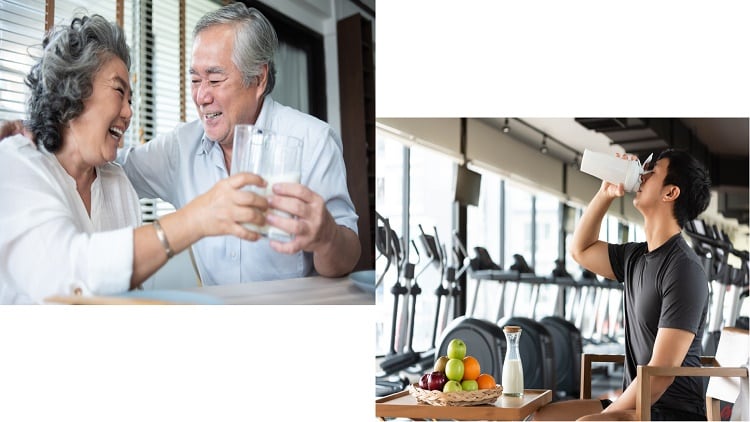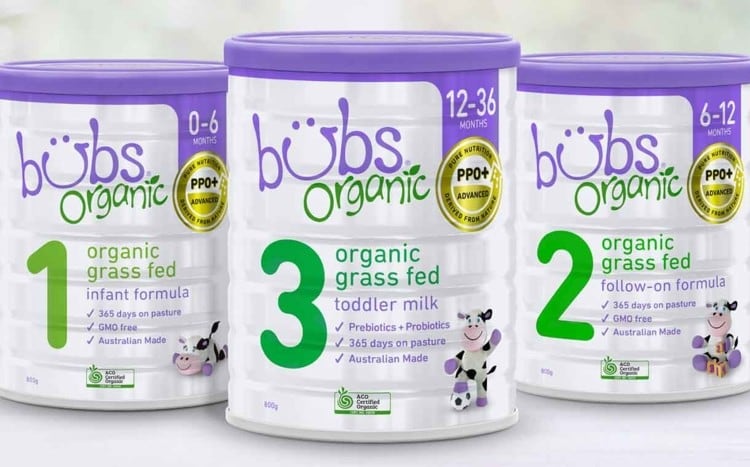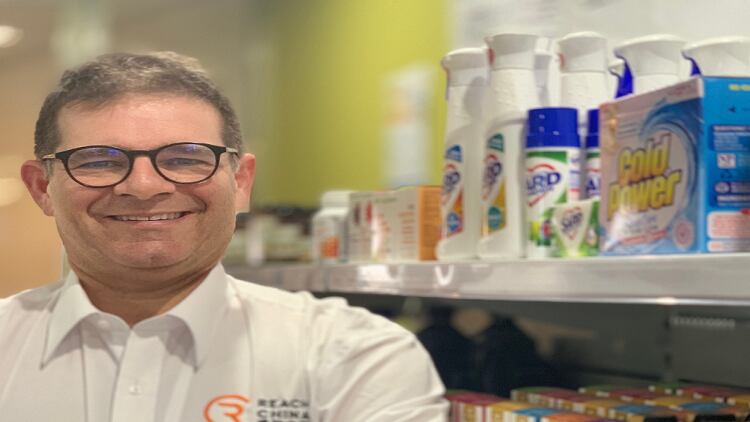China remains a highly lucrative market for A2 milk pioneer, New Zealand-based The a2 milk Company, with the firm’s China’s business bringing in revenues of $405.7m, up 73.6%, according to its FY2019 financial statement.
In particular, the number of sales points has increased, with the number of mother-and-baby stores up 64% to 16,400 by the end of last June.
However, it is also facing more competition as local Chinese players such as Junlebao and Mengniu produce their own A2 milk products.
Last year, Nestle China took a further step by catering A2 milk for consumers of different life stages, such as for the general family consumption and the elderly consumers.
As the competition in China intensifies, it is likely that the companies would fight for a slice of the market by venturing into categories beyond infant nutrition.
Speaking to NutraIngredients-Asia, Michael Norris, research and strategy manager at AgencyChina, said that in the next one to two years, it was highly likely that there would be more A2 products catered to consumers from different life stages.
‘A2 milk is understood as one of the paths to premiumisation, one of the ways in which consumers might be prepared to pay more for.
‘What has been less obvious is A2 for general nutrition and that's really where the new nestle proposition, whether it is for early life or more matured consumers is the interesting question.’
He said the fact that Junlebao and Nestle China had been able to produce A2 milk within China meant that there were A2 milk breeds up and running in the country, which was ‘a big step in terms of the proliferation and expansion of the category.’
On the expansion of the A2 milk category, he said that that would depend on the companies’ ability to capitalise on the needs of different life stages.
One example is to consider how A2 milk can be incorporated for the retired seniors as their diet patterns may differ from their pre-retired lifestyles.
Other potential areas are A2 milk for specific groups such as gym-goers, growing teens, and pregnant mothers.
‘It is a question of the extent to which brands are able to leverage their A2 milk base and then to be able to understand to meet the needs and expectations of consumers across those different life stages, whether it is more of a fortification or used as a nutritional supplement, or something more closely-linked to performance,’ he said.
Critical questions
In view of more Chinese competitors, marketing and formulation innovations are the ‘critical questions’ for foreign A2 companies to look into moving forward.
This is because domestic Chinese firms are catching up terms of product R&D, and the narrowing gap means that MNCs would need to work on the product innovation.
On the other hand, they will need to convince consumers in the lower tier cities that their formulations are suitable for them, as this is the often-used tactic by local firms.
‘And so, the question is, what innovations are possible at the formulation and marketing levels…These are the two really critical questions going forward,’ Norris said.
Two perceptions
In general, the Chinese consumers’ understanding of A2 milk can be summarised into two key points. They also have higher trust in domestic milk producers.
One, is that the science, the uses, and benefits of A2 milk as a better alternative for digestion comfort is widely understood.
Second, is that there is a strong word-of-mouth amongst parents about the benefits of A2 milk for infants as compared to standard milk.
‘The overall trust in domestic milk producers is increasing, and especially in those producers who are scandal free, of which Feihe is a great example. Their IPO last year, the fact that they have been in operation for over 10 years, and that they have been scandal-free during that period of time, allows them to command a price premium that is higher relative to its domestic counterparts.
Lower tier cities
While A2 milk is currently considered a higher-priced product, the fact that Junlebao – whose target audience are mainly consumers from the lower tier cities – is selling the product at lower prices, meant that its move will serve as a litmus test to find out consumers’ appetite for A2 products.
Norris pointed out that the performance of Junlebao’s products will be a ‘great indication’ of the appetite for A2 milk products amongst these consumers.
At present, Junlebao is selling a tin of A2 milk at RMB$175 (US$24.95) and the Chinese label of The a2 Milk Company double the price at RMB$368 (US$52.48).
However, he cautioned against companies lowering product prices when entering lower tier cities, stressing the importance for price-governance.
‘The industry has seen issues in price governance where different prices are giving to different distributors in different geographies.
‘What that means is that distributors that have access to lower or more preferential prices will capitalise on that price arbitrage. This takes away the efficacy of the distribution network,’ he said.
The key for firms is to thus consider the total addressable target market – the number of potential consumers – when entering lower tier cities.
He said that another crucial issue was to consider product distribution, since these cities have far more individual operators and lesser mother-and-baby stores than higher tier cities.
‘This is where I think large MNCs and local Chinese players certainly have an advantage, because they have strong supply chain and distribution advantages which enable them to go deep.
‘But when it comes to those niche Australian and New Zealand players, whether its a2 or Bubs, there will have to be some work and rigorous fact checking before entering lower-tier markets.’
For some brands, he said that the entry point might be to target mothers who have been shopping online and to reach them digitally, rather than a full blow brick and mortar store presence.





